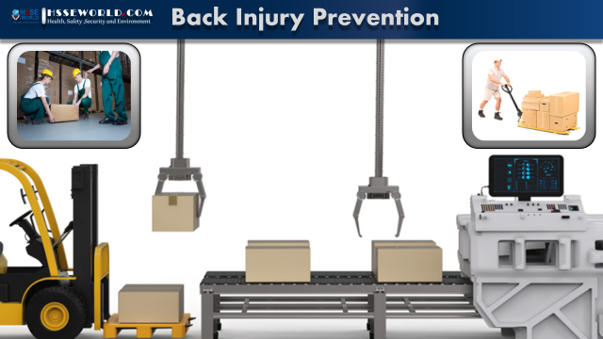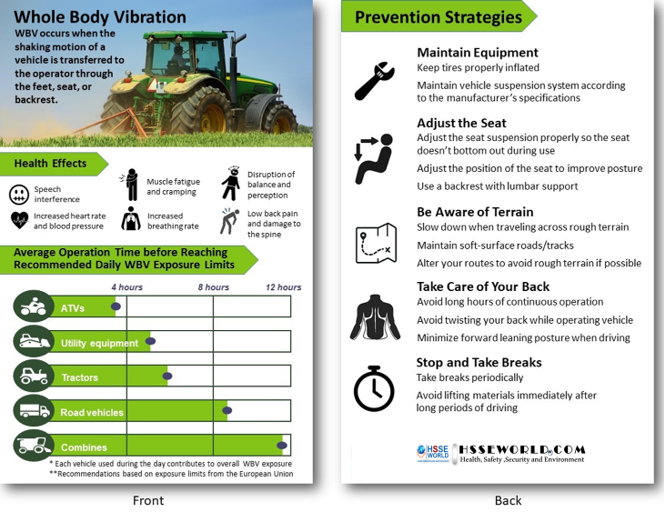Infectious diseases are caused by organisms such as bacteria, viruses, fungi, and parasites. Some infectious diseases can be passed from person to person or from animal to person. Workers can be exposed to a number of different types of infectious diseases, including airborne, bloodborne, contact, and zoonotic diseases.

The risks
Airborne diseases
Airborne diseases can be spread through the air when infected people cough, sneeze, or speak. A person becomes infected by breathing in air contaminated with the virus or bacteria. Some common airborne diseases include:
- Chickenpox (varicella)
- Pandemic influenza
- Mumps
- Tuberculosis
Bloodborne diseases
Bloodborne diseases are transmitted through contact with infected blood or certain body fluids. Some common bloodborne diseases include:
- HIV/Aids
- Hepatitis B and C
Contact diseases
Contact diseases are transmitted through direct or indirect contact with bacteria or viruses. Direct contact can include physical contact with an infected person, or contact with blood and body fluids. Indirect contact involves touching an object or surface that has been contaminated by an infected person. Common contact diseases include:
- Norovirus
Zoonotic diseases
Zoonotic diseases are caused by infectious agents that can be transmitted between animals and humans in a variety of ways. Some zoonotic diseases can be transmitted directly to humans through contact with saliva, some are airborne, and others are are transmitted through insect bites. Common zoonotic diseases include:
- Avian flu
- Campylobacteriosis
- Hantavirus
- Histoplasmosis
- Rabies
- West Nile virus
How to reduce the risks
If workers are at risk for infectious disease at the workplace, employers must develop and implement an exposure control plan. As a general rule, safe work practices everyone should follow include:
Getting vaccinated
Many infectious diseases are preventable through vaccination.
Washing hands frequently
Wash your hands:
- When entering a patient’s room
- Immediately before any aseptic procedure
- Immediately after an exposure risk to body fluids (and after glove removal)
- After leaving a patient’s room where the patient or equipment was touched
- After touching contaminated materials or surfaces
- Before eating, drinking, smoking, handling contact lenses, applying makeup, or using the toilet
Handling sharps properly
Follow manufacturer recommendations for using and disposing of sharps
Cleaning and disinfecting spills
Specific procedures are required to contain spills of bodily fluids
Using personal protective equipment
Workers should know how to select appropriate PPE and how to properly put it on and take it off, including:
- Gloves
- Respirators
- Face shields
- Gowns
- Foot covers
- Eye protection
Practising cough etiquette
Always cough into your sleeve or a tissue instead of your hand, and wash hands after coughing.
Staying home if you are sick
Workers should stay home if they are ill, especially if they are vomiting or have a fever or diarrhea.



